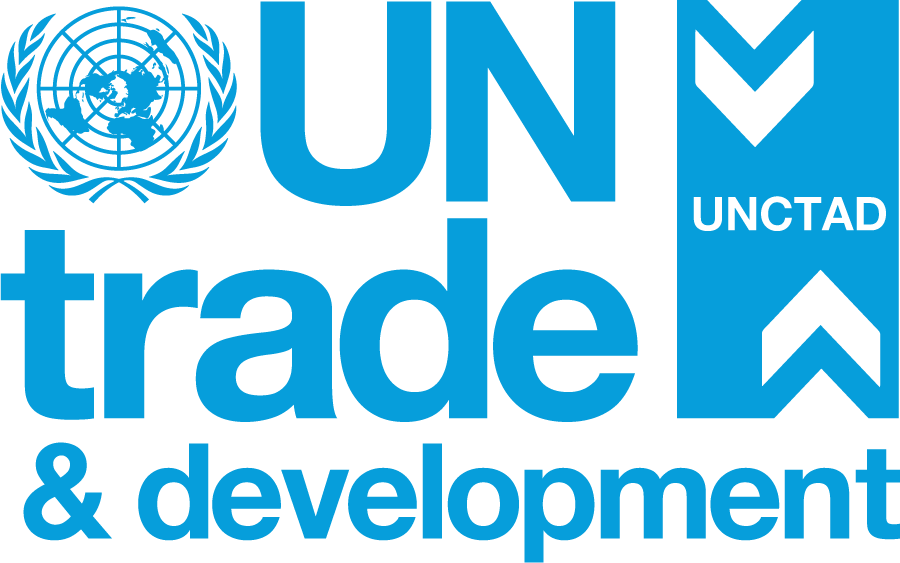The link between economic growth and carbon emissions is weakening – but not fast enough to keep global heating well below 2°C, let alone limit it to 1.5°C.
The planet has crossed a dangerous threshold. The World Meteorological Organization says that 2024 was likely the first calendar year to have exceeded 1.5°C above pre-industrial levels.
The global mean near-surface temperature reached 1.55°C above the 1850–1900 average – a signal the world is getting perilously close to breaching the Paris Agreement’s goal of keeping global heating well below 2°C and pursuing efforts to limit it to 1.5°C.
Carbon emissions from fossil fuels also hit a new high in 2024 – a record expected to be surpassed this year.
Turning the tide requires faster progress in breaking the link between economic growth and carbon emissions. Fossil fuels have powered prosperity for two centuries – lighting cities, fuelling transport and driving trade. That link is weakening, but not fast enough.
The GDP-emissions link is weakening – but too slowly
Data shows that some major economies have made encouraging progress.
Between 1990 and 2023, for example, the European Union’s net greenhouse gas emissions fell by about one third while GDP grew by around two thirds, according to the European Environment Agency. Over the same period, the United States’ emissions fell below 1990 levels even as its economy expanded, according to data from the US Environmental Protection Agency.
But globally, the link remains too tight. Since 1990, global GDP has risen 191% while CO2 emissions have increased 66%.
Emissions and trade remain highly concentrated. Just 35 economies generate 91 % of emissions and account for nearly three quarters of global exports. Meanwhile, the poorest nations – responsible for under 4% – face disproportionate consequences.
Over the past decade, least developed countries suffered 2.5 times more disaster-related deaths than the global average and 3.5 times more economic loss as a share of GDP.
The data underlines the need not only to cut emissions but also to ensure a just transition – one that enables vulnerable countries to seize new opportunities rather than shoulder the costs.
Trade can be a powerful tool for climate action
The latest Global Trade Update from UN Trade and Development (UNCTAD), released ahead of the 30th UN Climate Change Conference (COP30), shows how sustainable trade can help turn climate ambition into measurable progress when climate and trade policies align.
By lowering the cost of clean technologies and opening markets for low-carbon goods, trade can be a powerful tool for climate action. The average global cost of electricity from new solar projects has fallen 41% since 2010, while onshore wind power is now 53% cheaper than fossil-fuel generation.
But high trade costs and other barriers still slow momentum. Average tariffs on solar and wind components range from 1.9% in developed economies to 7.1% in Africa, rising to 7.6% when non-tariff measures are included.
National climate plans still fall short
The UNCTAD report highlights that trade policy, such as reducing tariffs on low-carbon goods, can help countries meet climate goals while supporting economic growth.
Under the Paris Agreement, countries must submit updated national climate plans, or Nationally Determined Contributions (NDCs), every five years.
Between 1 January 2024 and 30 September 2025, 64 Parties submitted updated NDCs ahead of COP30 in Belém, Brazil – together covering only about 30% of global emissions. Even with expected updates from China, the EU and India, the new round of plans will fall short of what is needed.
According to a new UN Environment report, the world is heading for global heating of 2.3-2.5°C even if the NDCs are implemented.
Since the Paris Agreement was adopted ten years ago, projected global heating has fallen from 3–3.5°C. The technologies needed for major emission cuts already exist, and booming wind and solar sectors continue to drive costs down.
This means the world can accelerate climate action if it chooses to.
So far, however, only 11 of the world’s 35 largest emitters have submitted updated, more ambitious NDCs.
Align trade and markets with the Paris Agreement
UNCTAD’s report highlights the need to align trade and markets with the Paris Agreement to accelerate the low-carbon transition and help finance climate action.
It calls for regional and South–South cooperation to reduce tariffs, and global cooperation to harmonize sustainability standards and facilitate affordable access to climate-relevant technologies.
Aligning trade, industrial and climate policies can unlock new value chains in renewable energy, creating jobs and revenues to support climate action. Integrating trade policy instruments into climate strategies is essential for a just and inclusive transition.



